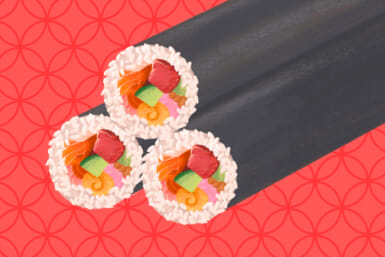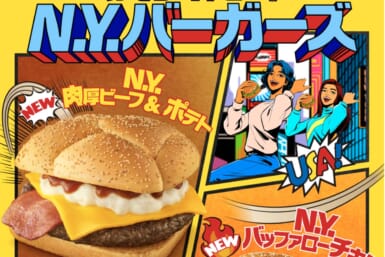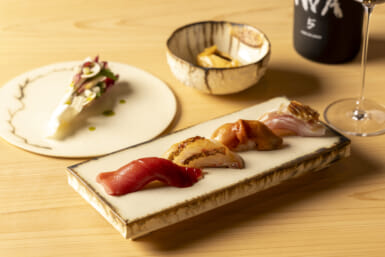by Dr. Herb Friedman
Many petowners inquire about pet foods and which they should be feeding their pets. With the tremendous variety now available on the supermarket shelves, it becomes quite difficult to decide which one is best for the animal.
Maybe this article can help to clear up some of the confusion. Because I am personally involved in the pet food business, I shall try extra-hard to be totally impartial.
Nutritionally speaking, all major manufacturers of pet food in the U.S. and England meet or exceed the daily requirements of essential vitamins and minerals needed for the average pet. Dry food probably is the most complete diet that the pet can be fed and there is little difference that I can discern between Gaines, Purina and Ken-L.
However, some animals prefer one brand and will not touch any of the others.
Regretfully, some manufacturers deliberately increase the fat content of dry food to make it more palatable to the animal and the resultant diarrhea due to this high fat diet will not disappear until the animal is taken off this brand.
This practics of cooking the food in fat is deliberate, harmful and unethical and pet owners should not purchase these brands of pet foods. There are several problems associated with the feeding of dry food as the sole component of the diet.
First, there is a palatability problem in general as many animals will not favor this plain sort of a diet. Many times, the addition of a good canned diet to the dry feed will solve this problem.
Secondly, during the rainy season and the humid seasons of Japan, dry food is known to get “buggy” and mouldy. Sometimes mould is not easy to see and the owner notices it only after it becomes very apparent.
Dry food with a very high fat content can easily become rancid causing the animal similar problems and because the owner never tastes the food himself, this problem will rarely be noticed until gastro-intestinal problems appear.
Semi-moist food certainly has had a big fling on the pet food market both in the U.S. and elsewhere. The apparent advantage with this food is the convenience attached to storage and feeding.
These meat-like morsels are individually bagged in hamburger shapes, sausage shapes or chopped meat shapes, wrapped in a cellophane and come in boxes containing from six to eight portions. This is truly the greatest thing invented for the lazy petowner.
Unfortunately, semi-moist food does not meet the requirements of the average pet animal, is extremely high in carbohydrates and is suited at best to the toy breeds. Some dogs do very nicely on this diet but most competent U.S. veterinarians warn their clients off this sort of diet.
For one thing, they are usually very high in sugar content (high carbohydrate diet) and there is a general tendency to overfeed.
The other and probably the most interesting category of pet food is that of canned or wet food. There are many brands available both in the U.S. and here.
When I first came to Japan, there were very few available but the market has now become flooded. I will not mention the foods that I definitely do not recommend, but I will give the reasons why I cannot support their use.
Some of them are low in protein or use low quality protein that is not digestible, usable or absorbable. Therefore, they may claim to have 10 per cent protein, but most of it is purely irrelevant when one considers the needs of the animal. These brands are usually cheap to buy, but there is no way that the buyer will ever get his money’s worth.
When you put nothing into a can, you get nothing out. A well-known non-USA brand currently selling fairly well in Japan has caused too many diarrhea problems to be recommended.
Here again, not every every animal eating this food will get diarrhea, but enough do to represent something statistically significant. As mentioned before, most good food contains everything to meet the U.S. National Academy of Science requirements.
These standards are devised with the average animal in mind and do not adequately consider the needs of old animals, sick animals or puppies. Also, little consideration is given to breed differences.
Therefore, when using canned foods, it is important to match the type of food with the particular animal. The most commonly seen pet foods in Japan are put out by Ken-L, Alpo, Friskies and Kal Kan. Hills Dog Food is also, seen in the Tokyo-Yokohama area.
Ken-L comes in about three varieties and is a good solid average type dog food. In my mind, it represents good value for the average type dog. However, it appears that it is currently being made here in Japan and if this is the case, I would certainly want to make sure that no changes have been made in the formulation and that it continues to meet U.S. requirements. Ken-L is made by Quaker Oats, a grain company, and the amount of grain contained seems to predominate considerably over the amount of meat.
Alpo is a very high quality diet that is one of the leading sellers in the U.S. About three varieties are sold here in Japan. It is mainly a meat diet and should be very acceptable mixed with a dry food if one is currently used.
Friskies is a Carnation product that I would rate as average quality and the importer, Mitsui Bussan, currently brings over a limited variety of this product.
Kal Kan is a company that I recommend and that I represent here in Japan. It is a very high quality product that is mainly meat but does have the necessary carbohydrates of a maintenance diet. It ranks with Alpo in sales in the U.S. and is undisputably one of the only really high quality products available.
Currently, 13 varieties are being imported into Japan. I chose to represent Kal Kan here because I used them in the U.S., in the military, and afterwards here in Japan and have always been more than satisfied with the product.
Hills, whom I also represent here, is a good average type food that offers a high amount of usable protein but not as much meat as Kal Kan or Alpo. Consequently, it is priced accordingly. It comes in four varieties and is recognized as a leading brand in the mid-western part of the USA where I was school.
There are definite problems associated with the use of a canned food diet. As I mentioned, some brands are not up to par and the product that they want you to feed your dog is not only poor in quality but poor in taste as well. Some manufacturers enhance the taste of a poor quality product and the animal will eat it but it won’t provide a very good or complete diet.








